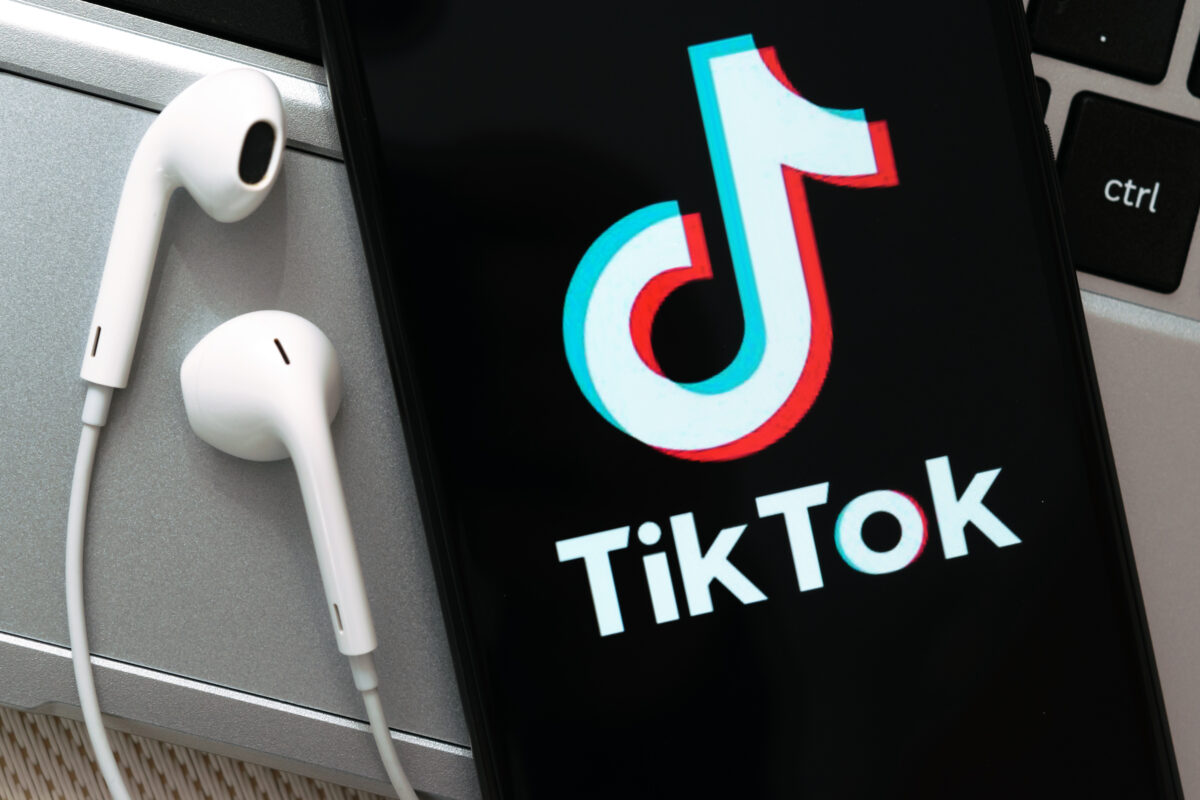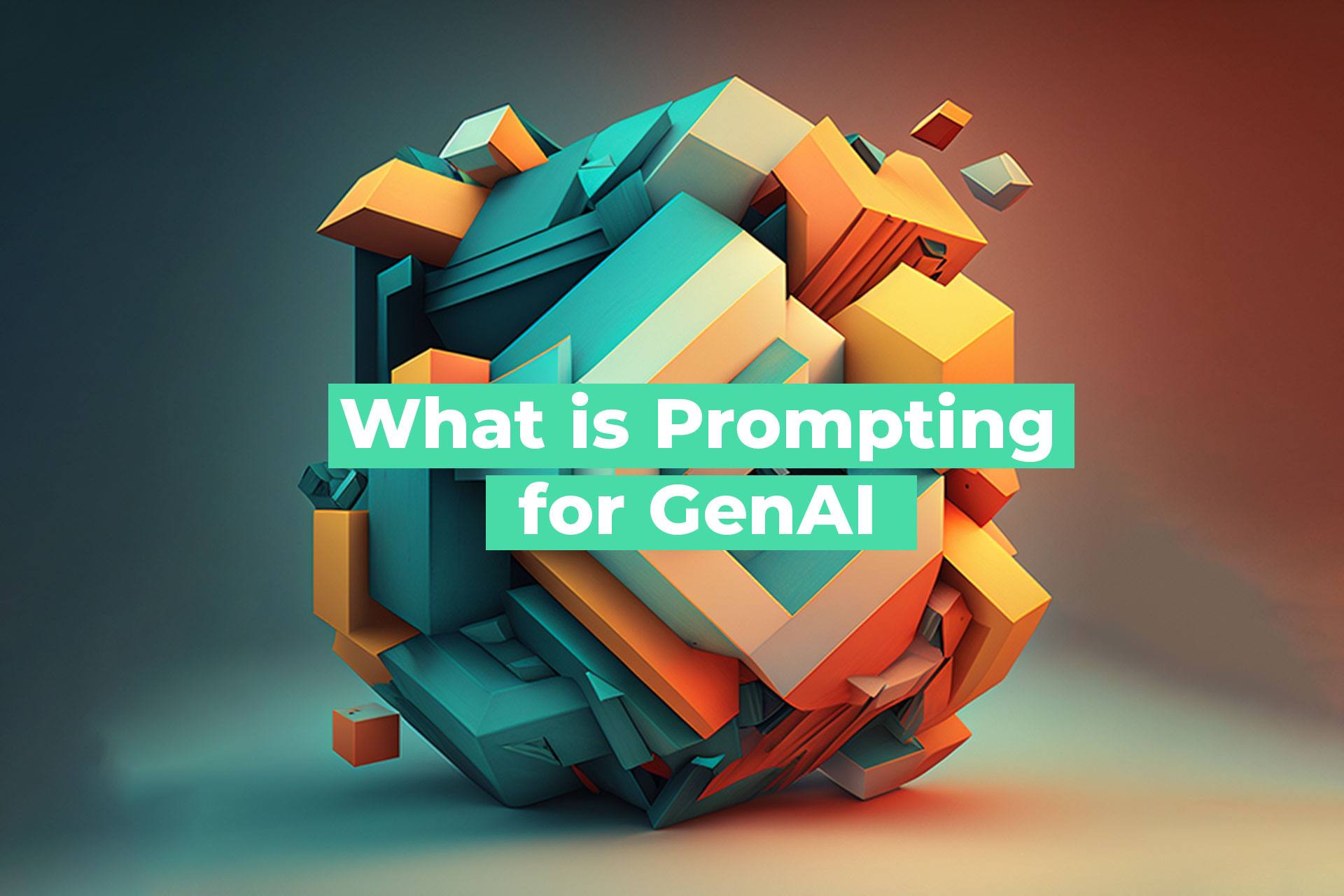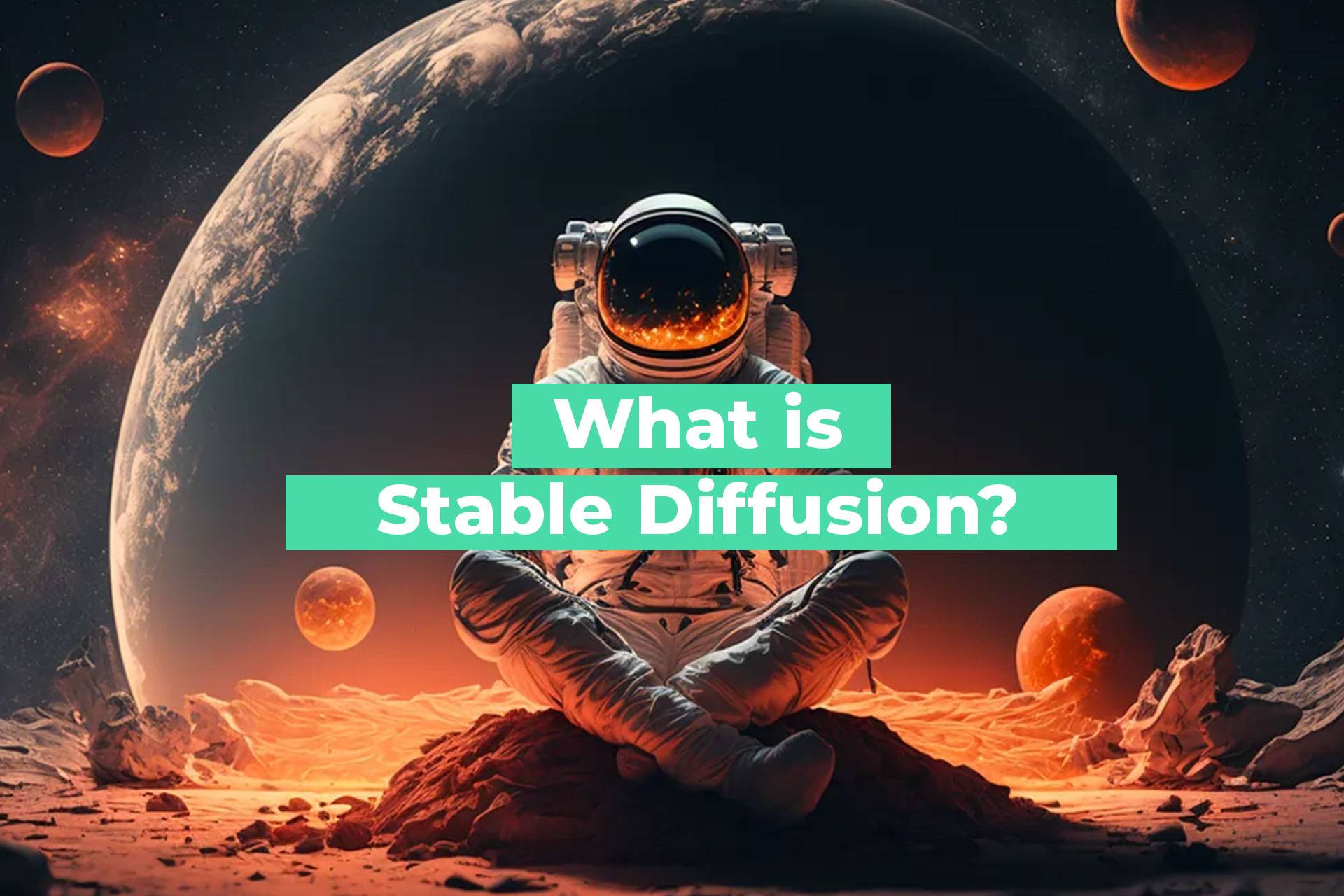Introduction
Generative AI prompts – a term that’s been making rounds in marketing circles lately. But what are they exactly, and why should you care?
In simple terms, generative AI prompts are sets of questions or statements fed to the AI model to generate specific outputs, like emails, social media campaigns, and even product descriptions.
Mastering generative AI prompting is quickly becoming essential for businesses looking to outdo their competition. Why? Because generative AI-powered content is more precise, accurate, and relatable, leading to better customer engagement and ultimately, increased sales.
So, how can mastering generative AI prompts contribute to marketing success?
Well, picture this: you can create ad copies, email campaigns, product descriptions, and personalised customer experiences at scale and with ease – all from the power of GAI. With the right prompts, GAI models can deliver contextual results, creatively and efficiently, producing output better than humans in some cases. But like all good things in life, there’s a catch.
The key to getting the most out of generative AI is through prompt engineering.
Writing specific, conversational, open-ended, and contextual prompts will not only give you better, more refined results but will also help overcome the inherent challenges of ambiguity and data quality in the technology. Thus, the art of mastering generative AI prompts is slowly becoming a necessary skill set to stay ahead in marketing.
In the following sections, we’ll delve deeper into how to master generative AI prompting for marketing success, use cases, and potential challenges to watch out for.
Understanding Generative AI Prompts
Generative AI models are a type of machine learning model that is trained to generate new content in the form of text, images, or audio, based on the patterns it has learned from existing data. These models can be used to generate human-like responses, summaries, or even creative pieces of content, such as poems or songs.
The way generative AI models work is by using a mathematical algorithm to generate new content based on the patterns it has learned from a large dataset of examples. These models can be trained by providing them with a large corpus of text, images, or audio, and then using that data to generate new content that is similar in style and structure. The models are then fine-tuned using feedback from humans to ensure that the generated content is accurate and relevant.
Generative AI prompts are questions or statements that are used to guide the generative AI model in producing new content. These prompts can be specific or general, depending on the type of content that is desired. The better the generative AI prompts, the better the response from the model. This is because the prompts are used to give the model more focused details for what you want to learn instead of being ambiguous.
The prompt can be a set of keywords, a sentence, or even a whole paragraph. While generative AI models have a lot of potential, they also have limitations.
The models are only as good as the data they are trained on, and they can struggle with generating content that is outside of their training domain. However, the generated content may not be factually accurate or appropriate for all audiences.
To overcome these challenges, it is important to have a clear understanding of the limitations and capabilities of generative AI models. This involves carefully selecting the data for training and ensuring that the prompts are specific and relevant to the desired output.
By mastering generative AI prompting, marketers can create more targeted and creative content that is tailored to their audience.
This can help to improve customer engagement, increase brand awareness, and ultimately lead to greater business success.
Why are good Generative AI Prompts important?
Generative AI technology is revolutionizing the way we do business. From writing emails to creating social media campaigns, this technology is making our lives easier. But to truly reap its benefits, we need to learn how to write better generative AI prompts.
Why are good generative AI prompts so important, you ask? Well, let’s take a look. Firstly, good prompts ensure better responses from generative AI.
It’s all about the specifics.
Instead of asking a vague question like, “Can you create a social media campaign?” be more specific and say, “Create a social media campaign for an e-commerce website that sells graphic T-shirts for fans of movies and comics like Star Wars, Harry Potter, and the Marvel Cinematic Universe.”
The more specific your prompt is, the more refined and creative the results you’ll get. Secondly, the generative pre-trained transformer (GPT) models that produce the conversational language in GAI need good prompts to function effectively.
GAI is incredibly smart and getting smarter every day, but it’s not a mind reader. It can only give you what you want if your prompt is incredibly specific. This means that narrowing down your prompt and adding context will deliver more refined results. Finally, mastering generative AI prompt writing can contribute to marketing success.
By writing better prompts, you can ensure that the technology produces content that resonates with your target audience. When you define your audience and channel, GAI can personalize your content to suit their needs. This way, you can create a positive customer experience that increases your engagement and conversion rates.
In summary, good generative AI prompts are essential for getting the most out of GAI technology. They ensure better responses from GAI, improving the output’s quality, and our ability to create uniquely refined content. With generative AI technology only getting smarter, learning how to write good generative AI prompts cannot be overemphasized. Let’s make the most of this technology by mastering prompt engineering.
6 Tips to Master Generative AI Prompts for Marketing Success
Here are 6 tips to help you master generative AI prompts for marketing success:
- Understand your audience – know who you are targeting with your prompts and tailor them to their interests and needs.
- Set clear goals – decide what you want to achieve with your prompts and create them with these goals in mind.
- Use a variety of prompts – don’t rely on just one type of prompt. Experiment with different formats to see what works best for your audience.
- Monitor and adjust – track how your prompts are performing and make adjustments as necessary.
- Don’t overdo it – using too many prompts can be overwhelming for your audience. Use them wisely and strategically.
- Have fun with it – generative AI prompts offer endless creative possibilities. Enjoy the process of creating unique and engaging content.
Use Cases of Generative AI Prompts in Marketing
Generative AI prompts can be used in various use cases in marketing. One of the most popular applications of generative AI prompts is content creation.
With the help of generative AI prompts, marketers can easily generate engaging and impactful content for their platforms. For instance, social media marketers can leverage generative AI prompts to create posts that are tailored to the interests and preferences of their followers. Additionally, email marketers can use this technology to craft personalized messages, which leads to higher email open rates and conversions.
Generative AI prompts are a powerful tool that can revolutionize the content creation process, saving marketers time and resources while optimizing their overall marketing strategy.
Generative AI prompts can have an immense impact in several marketing spheres, including customer retention, acquisition, and engagement.
By utilizing generative AI prompts, marketers can increase their chances of effectively targeting a specific audience with relevant, quality content. Marketers in social media can leverage generative AI prompts to craft posts that align with their audience’s interests and preferences.
Email marketers can tailor personalized messages utilizing generative AI prompts, leading to higher open rates and conversions. Moreover, generative AI prompts reduce the time and effort needed for the content creation process, allowing marketers to focus on other crucial aspects of their marketing campaigns.
Overall, the use of generative AI prompts in the marketing industry is growing and is a technology that has the potential to continuously evolve the way marketing content is produced.
Challenges in mastering Generative AI Prompts
Mastering generative AI prompts can be very challenging. One of the biggest challenges is the lack of control over the output.
Unlike traditional programming, where the developer has complete control over the output produced by the code, generative AI prompts can produce unexpected and even undesirable results.
Another challenge is the need for large amounts of data to train the machine. Without enough training data, the machine may not be able to generate accurate and meaningful output.
The ethical implications of generative AI prompts must be carefully considered, as the machine-generated output can have real-world consequences. Overall, while generative AI prompts have the potential to revolutionize various industries, they require careful consideration and implementation to avoid potential issues.
Challenges in mastering Generative AI Prompts
Mastering generative AI prompts can be very challenging. One of the biggest challenges is the lack of control over the output.
Unlike traditional programming, where the developer has complete control over the output produced by the code, generative AI prompts can produce unexpected and even undesirable results.
Another challenge is the need for large amounts of data to train the machine. Without enough training data, the machine may not be able to generate accurate and meaningful output.
The ethical implications of generative AI prompts must be carefully considered, as the machine-generated output can have real-world consequences. Overall, while generative AI prompts have the potential to revolutionize various industries, they require careful consideration and implementation to avoid potential issues.
FAQs for Mastering Generative AI Prompting for Marketing Success
What are generative AI prompts?
Generative AI prompts are sets of questions or statements used to guide an AI model in generating new content in the form of text, images, or audio. These prompts can be specific or general and are used to train the model to produce content that is similar in style and structure to the data it was trained on.
Why are good generative AI prompts important?
Good generative AI prompts are essential for getting the most out of AI technology. They ensure better responses from AI, improving the quality of the output and marketers’ ability to create tailored, unique content. Writing specific, conversational, open-ended, and contextual prompts also helps overcome the inherent challenges of ambiguity and data quality in the technology.
Can anyone master generative AI prompting?
Yes, anyone can learn to master generative AI prompting. It involves understanding your audience, setting clear goals, using a variety of prompts, monitoring your performance, avoiding overusing prompts, and being creative in the process.
What are some use cases for generative AI prompts in marketing?
Generative AI prompts can be used in various marketing use cases, including content creation for social media, email marketing, and personalized customer experiences. They can also help marketers increase their chances of targeting specific audiences with relevant, quality content.
What are the challenges of mastering generative AI prompting?
One of the biggest challenges of mastering generative AI prompting is the lack of control over the output. Additionally, the need for large amounts of data to train the machine and the ethical implications of machine-generated output must be carefully considered.
Can generative AI prompts replace human copywriters?
No, generative AI prompts cannot completely replace human copywriters as they lack the creativity, storytelling ability, and emotional intelligence necessary to produce high-quality content. However, they can be a powerful supplement to the process.
How do I write effective generative AI prompts?
Effective generative AI prompts are specific, conversational, open-ended, and contextual. They should be tailored to your audience and aligned with your brand messaging to create personalized customer experiences that increase engagement and conversion rates.
What are the benefits of mastering generative AI prompting for marketing success?
By mastering generative AI prompting, marketers can create more targeted and creative content that resonates with their audience, improving customer engagement, brand awareness, and ultimately increased sales.
What are some good examples of generative AI prompting in marketing?
Some good examples of generative AI prompting in marketing include personalized email campaigns, social media posts targeted at specific audiences, and AI-generated product descriptions.
How can I get started with mastering generative AI prompting?
You can get started with mastering generative AI prompting by understanding your audience, setting clear goals, experimenting with different prompts, monitoring your performance, and having fun with the creative process. Additionally, collaborating with experts in the field can be helpful in your learning journey.










